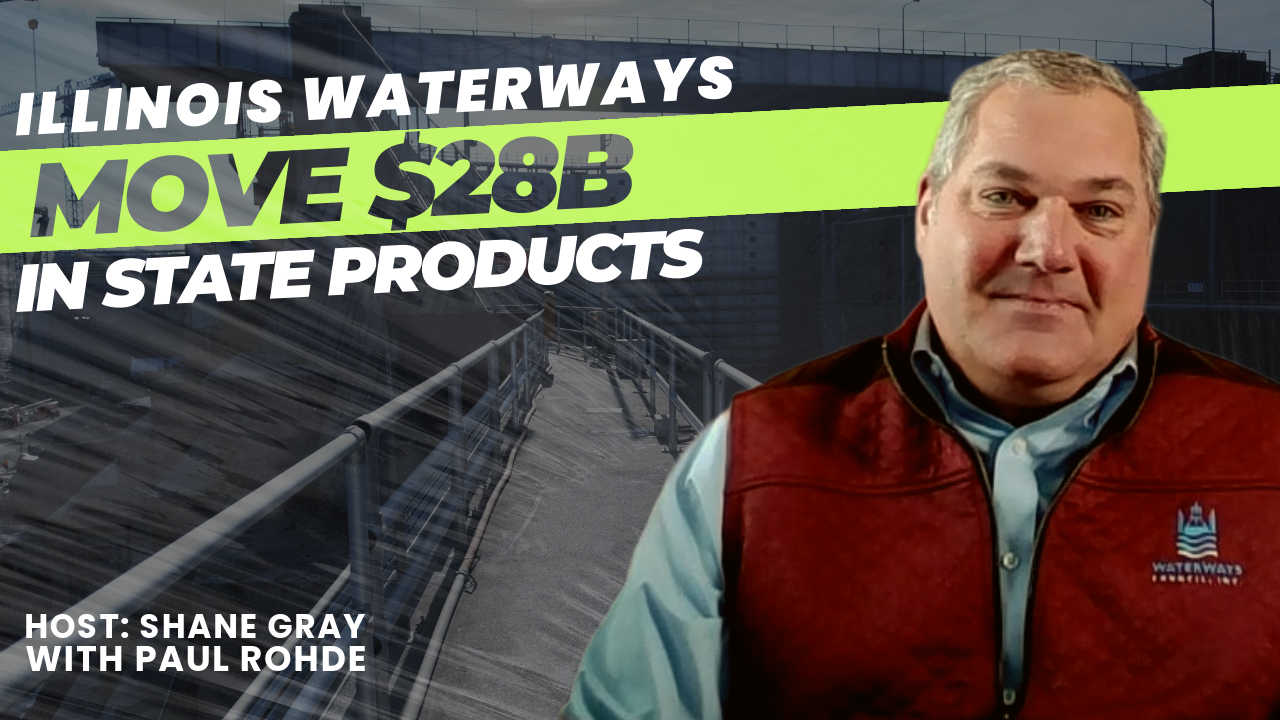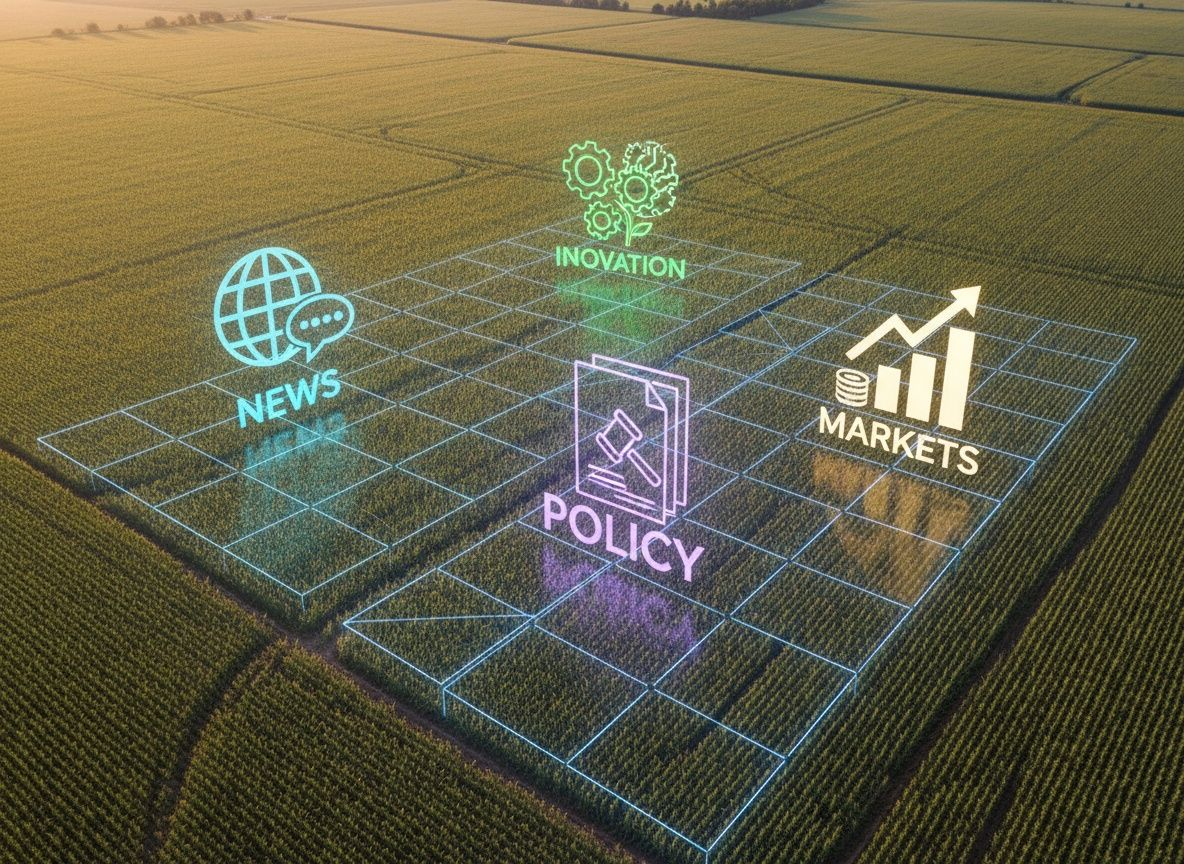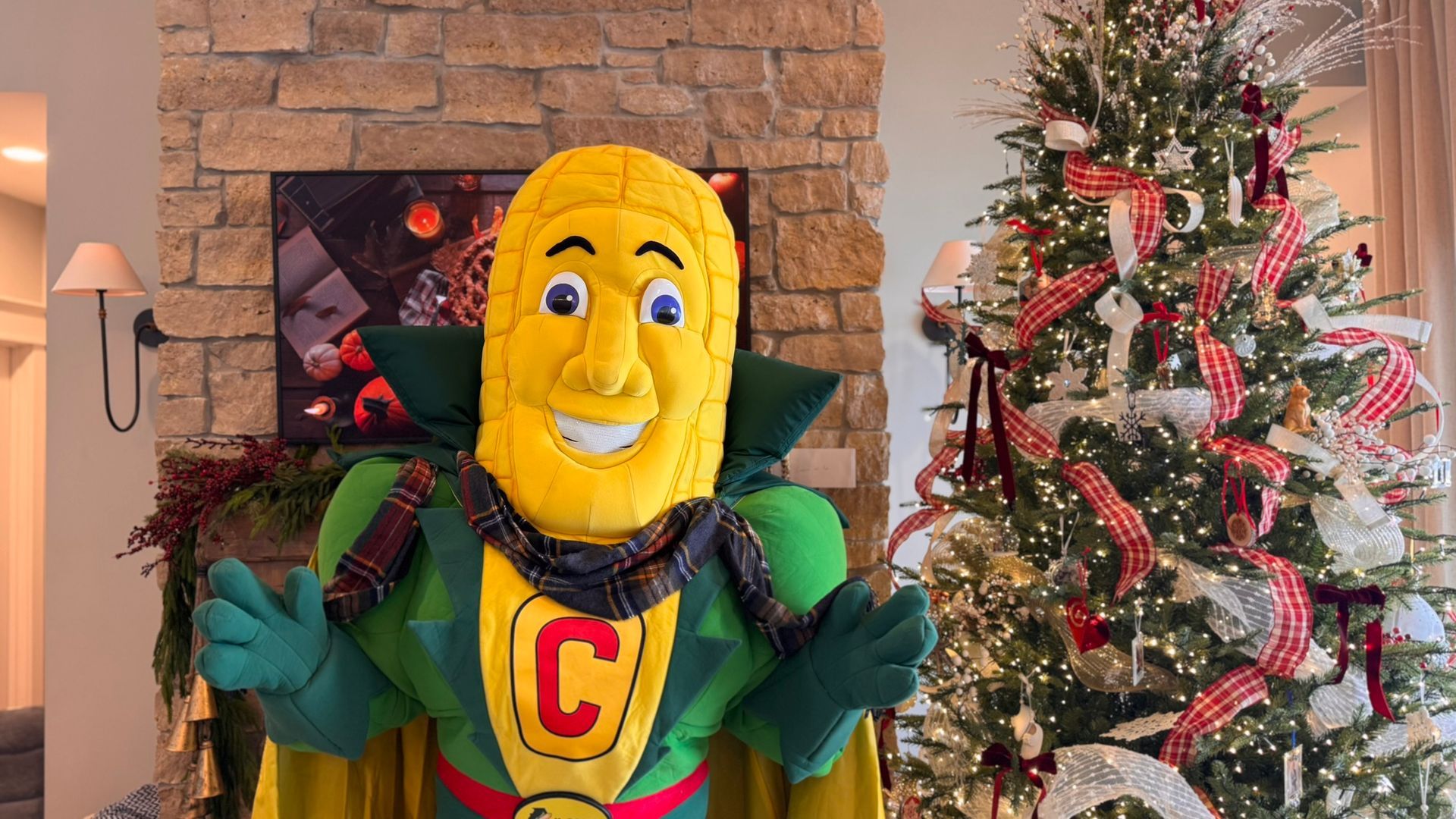Preparing for ESA 2025: What Farmers Need to Know
Lyndi Allen
The Endangered Species Act (ESA) was enacted in 1973 to protect vulnerable species. Because the Environmental Protection Agency (EPA) has faced lawsuits for failing to comply with ESA guidelines, they are developing Strategies to guide the label review process to ensure compliance going forward. A new Herbicide Strategy was finalized in August 2024. A final Insecticide Strategy is expected later this spring, and a draft Fungicide Strategy is due out by spring of 2026.
These strategies establish guidance to ensure pesticide labels fulfill the obligations of ESA. One thing hasn’t changed, the label is still the law. New ESA changes will be reflected on the label and supporting documentation and those requirements must be complied with.
New Herbicide Registrations and Use Restrictions
The Herbicide Strategy outlines mitigation steps for compliance. These new changes will be rolled out gradually; every time a new product is registered, a product is up for re-registration, or a new use label is requested the Strategies will be used to guide the ESA mitigations needed. Today we have the Enlist Duo and Liberty Ultra labels reflecting these updates and expect changes to the atrazine label soon.
To review what farmers need to consider to comply with the new ESA guidelines, we like an article from AgWeb that details them.
Key Steps for Farmers to Ensure Compliance:
Being proactive is key, develop a plan
To successfully be ESA compliant, farmers should:
- Identify which herbicide they intend to use over the next 6-month period
- Read and understand labels as restrictions may not be obvious. Products that we know of today, like Liberty ULTRA and Enlist Duo have been updated to be ESA-compliant, but language may be hidden in product labels, sometimes not starting until page 8 or later
Use Bulletin Live! 2
This tool is used to check pesticide use limitations based on locations. Farmers should:
- Enter EVERY field for each application
- Be ready with the EPA registration number (Trade names cannot be entered)
- Choose the month of intended application for accurate restrictions
- Review any requirements that may exist
- Print the document to keep in your records - not required, but heavily encouraged
The EPA mitigation website provides resources to evaluate runoff risk, erosion control, and spray drift compliance strategies. Farmers should think about their field with the mindset of needing to comply with two buckets, runoff/erosion (points) and spray drift (buffers)
- Runoff and Erosion Buckets Points System - Fields are assigned 0-9 points based on risk. Based on the EPA’s Runoff Vulnerability Map, 91 of our 102 counties in Illinois are medium to low risk meaning counties receive at least two points. Farmers must calculate mitigation points for each individual field. EPA’s Mitigation Menu for Runoff/ Erosion is your go-to resource for the most up to date mitigation list and ESA updates.
- Spray Drift Buffers and Application Method Considerations - Mandatory buffer zones differ for aerial vs. ground applications, so you can use EPA’s Mitigation Menu for Spray Drift to decipher how to comply with each method. Drone technology is being tested as a more precise alternative to traditional methods. In fact, ongoing advocacy efforts are pushing for recognizing the enhanced efficiency of drone applications.
Mitigation Examples

Future Changes & How Farmers Should Prepare
Record-Keeping and Documentation: While not required, maintaining detailed records is strongly recommended and points can be achieved for doing so. Applicators should keep printed copies of all application records and track any changes in pesticide labels and restrictions.
Tank Mixing Considerations: When mixing pesticides, the most restricted product in the mix sets the standard for all others. Mitigation points must be calculated when combining products to ensure compliance. Additionally, the EPA’s Label is the Law requirement mandates that all tank mixes follow strict label guidelines.
Conclusion
As farmers prepare for the upcoming crop season, it is important to be proactive in planning to ensure farming practices are in compliance with the mitigation measures in the finalized Herbicide Strategy and upcoming Insecticide and Fungicide Strategies. Using ESA’s resources will be essential in properly understanding, planning, and documenting farming practices for the upcoming crop season.
Key Resource Tools Previously Listed
- Bulletin Live! 2- A tool for checking location-specific pesticide use restrictions
- Runoff Vulnerability Map- Identifies counties with high pesticide runoff vulnerability
- Individual County Runoff Vulnerability List
- Mitigation Menu- Contains required mitigation measures for runoff, erosion, and spray drift control
- Mitigation Menu Measure Descriptions
- Mitigation Menu for Runoff/ Erosion
- Mitigation Menu for Spray Drift
- Pesticide Runoff/ Erosion Mitigation Points Calculation Worksheet- Helps famers determine if their fields meet compliance requirements
- User guide: Runoff/ Erosion Mitigation Calculator Tool
- The Label is the Law- Ensures farmers follow all pesticide label instructions






